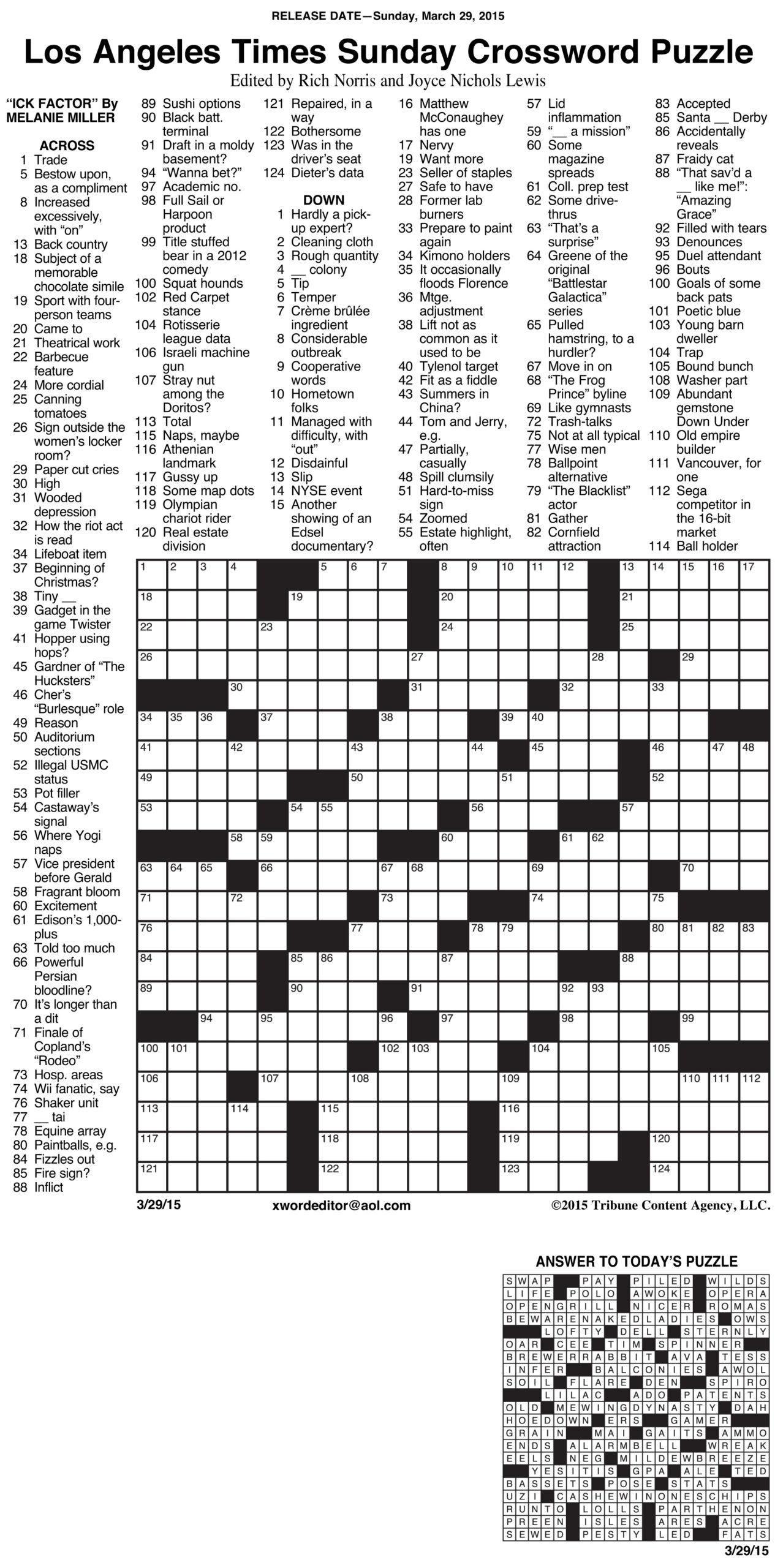Can Boston truly transform its image as a hazardous terrain for cyclists? The city is making strides to create a safer and more welcoming environment for biking enthusiasts. In recent years, Boston has taken significant steps towards encouraging residents to embrace pedal power over horsepower. With the installation of bike lanes, restoration of bike paths, and increased availability of bike racks, the city aims to shed its longstanding reputation as a perilous area for cyclists. The initiative reflects a broader commitment to sustainable urban living and reducing carbon footprints. As part of this movement, Boston City Hall has also recognized International Jazz Day and approved a Youth Works Grant, indicating a holistic approach to urban development that intertwines cultural appreciation with practical infrastructure improvements.
Boston's efforts are not limited to mere infrastructure changes. They encompass a cultural shift aimed at promoting health and environmental awareness. This transformation is evident in various aspects of city life, including recreational activities such as participating in events like the Boston Marathon. The marathon itself serves as a testament to the compassionate spirit that defines Boston today. Joan Benoit Samuelson, the 1984 Olympic champion, highlighted how the event embodies resilience and unity akin to the days following the 9/11 attacks. The marathon brings together participants and spectators from all walks of life, creating an atmosphere of solidarity and shared purpose. Moreover, the city’s NPR station, WBUR, contributes to fostering community engagement through its diverse programming offerings, including puzzles and games designed to stimulate intellectual curiosity among listeners.
| Name | George Hirsch |
|---|---|
| Birth Date | Link to Reference Website |
| Place of Birth | Boston |
| Career | Author, Runner, Advocate for Sustainable Urban Living |
| Professional Information | Contributor to Sports Illustrated; Advocate for accessible running events; Promoter of eco-friendly lifestyles |
Inspiring figures like George Hirsch have played pivotal roles in shaping these initiatives. Fifty years ago, he recounted his experience of running the Boston Marathon, emphasizing how minimal requirements were needed back then—a couple of dollars and a doctor's note sufficed. Today, however, participation involves much more than just entry fees; it encapsulates values of inclusivity, sustainability, and collective progress. Such narratives underscore the importance of preserving traditions while adapting them to contemporary needs.
Boston Latin School exemplifies another facet of this evolving narrative within Boston's educational landscape. Historically associated with periods of turmoil during school desegregation efforts, the institution now stands as a symbol of resilience and adaptation. Its halls echo stories of challenges overcome and lessons learned, paralleling the broader transformations occurring across the cityscape. Meanwhile, platforms like The Boston Globe continue offering engaging content ranging from daily crosswords to complex puzzles, catering to audiences seeking both entertainment and mental stimulation.
These multifaceted developments highlight Boston's ongoing journey toward becoming a model metropolitan hub characterized by innovation, inclusiveness, and ecological responsibility. Through collaborative endeavors involving government bodies, private organizations, and individual citizens alike, the city strives to redefine its identity—one step (or pedal stroke) at a time. Whether through athletic pursuits, intellectual pastimes, or civic engagements, each element contributes uniquely yet cohesively to crafting Boston's future vision.
As Boston continues to evolve, so too does its relationship with its residents and visitors. By prioritizing accessibility, safety, and community involvement, the city sets a precedent for others aiming to balance historical preservation with forward-thinking advancements. From recognizing global observances like International Jazz Day to supporting local youth programs via grants, every action taken reinforces Boston's dedication to nurturing a vibrant, inclusive society where everyone can thrive. Furthermore, integrating recreational opportunities such as marathons alongside educational reforms demonstrates a comprehensive strategy aimed at uplifting all facets of urban existence.
This interplay between tradition and modernity manifests vividly throughout Boston's neighborhoods, institutions, and public spaces. It invites reflection on what constitutes genuine progress—whether measured in miles biked, races run, puzzles solved, or lives touched—and challenges us all to consider our roles within this dynamic tapestry. Ultimately, Boston's endeavors remind us that meaningful change requires vision, perseverance, and above all, collaboration among diverse stakeholders committed to building a better tomorrow.



